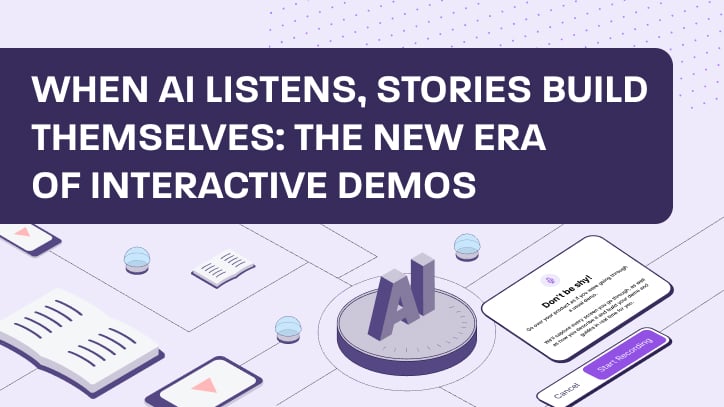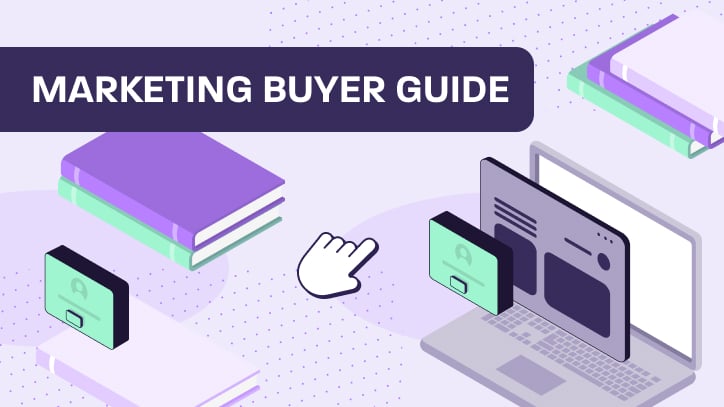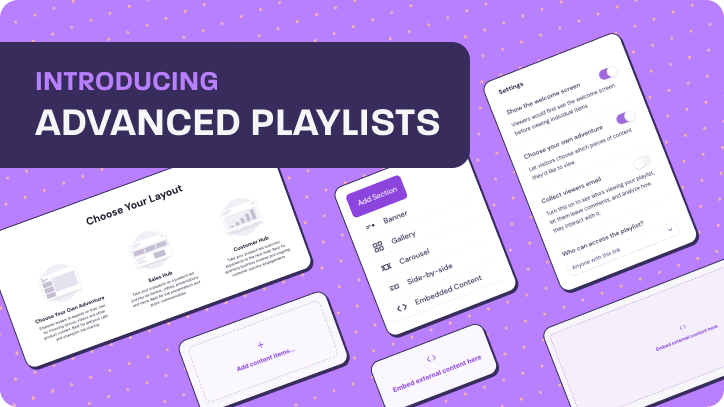Demo Creation Was Never the Point
There’s something broken about how we’ve thought about demos in B2B for years. We’ve spent countless hours obsessing over how to build them—faster, cleaner, prettier—but rarely asked the deeper question: why are we building them in the first place?
The truth is, no one wakes up wanting to “create a demo.” What they want is to tell a story. To help a buyer understand something quickly. To show, not tell, why a product matters—without the friction that usually gets in the way.
And yet even with the best tools, that process has still been slow. It still feels like work. Even with demo automation platforms, someone still needs to start from scratch, decide the structure, gather the right screens, write the guide copy, click, capture, revise. It’s better than it used to be, sure—but it’s still a heavy lift.
So we stepped back and asked ourselves: what if creating a high-quality demo didn’t require all of that? What if the hard part—structuring, guiding, sequencing—just happened for you? And what if all you had to do was speak?
That’s the thinking behind Story Capture.
This new feature lets you simply talk through your product like you would on a live call, and our platform will automatically transform your voice into a structured, guided, interactive demo—complete with screens, flows, and draft copy. No timelines. No assembly required. Just you, telling the story as you naturally would, and the system does the rest.
And the implications of that are bigger than they seem at first glance.
Because this isn’t about creating a “demo” faster. It’s about unlocking a new level of storytelling—at scale. It means your best reps and product marketers no longer spend hours thinking about how to frame a demo or build it from scratch. They can simply speak the story, and suddenly it exists. Not as a placeholder or a rough idea, but as an actual, high-quality demo asset—polished, structured, and ready to move a deal forward.
This also fundamentally changes the demo creation equation. What used to take hours—sometimes days—can now happen in minutes. That doesn’t just save time; it clears out the overhead that has long plagued even the most advanced demo teams. It reduces the emotional tax of the blank page. And it lowers the bar to experimentation. You can try new narratives. Iterate messaging. Enable sales with use-case specific demos as fast as your strategy evolves.
But more importantly, it brings us back to what demos were always supposed to be: stories with purpose.
Because let’s be honest—there’s no shortage of demos out there. Product tours, click-throughs, screen captures, walkthroughs. But too many of them are empty calories. They show a feature, sure. But they don’t say anything. They don’t connect. They’re demos in the technical sense, but not in the emotional one.
Story Capture changes that. It lets teams move beyond showing what a product does, and toward revealing why it matters—to the buyer, in their context, in their language. That’s a much harder thing to create from scratch. But when all you have to do is speak, suddenly that story gets told more often. And more consistently.
This matters more now than ever.
Buyers don’t want meetings. They want clarity. They want to explore without pressure. They want to see value, not hear promises. And in a world where the average sales cycle stretches longer than a year, anything that helps a buyer move forward faster—on their own terms—isn’t just nice to have. It’s essential.
We didn’t build Story Capture just to save time. We built it because we believe the future of go-to-market belongs to the storytellers. The people who can articulate value in a way that cuts through noise, creates confidence, and drives action. That’s the skill we want to amplify. That’s the experience we want to enable.
And now, that future is a lot closer.
No more blank pages. No more demo fatigue. Just better stories, told faster.
Let your voice lead the way. We’ll take care of the rest.





